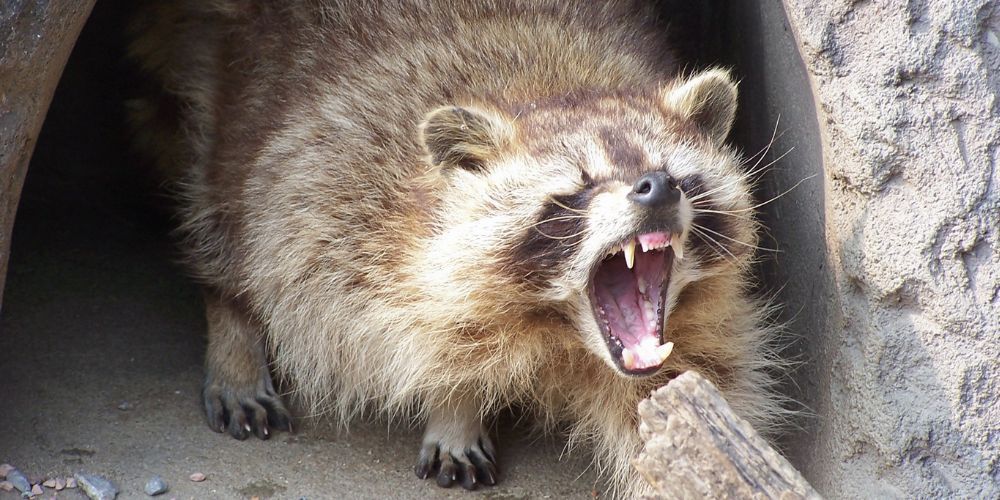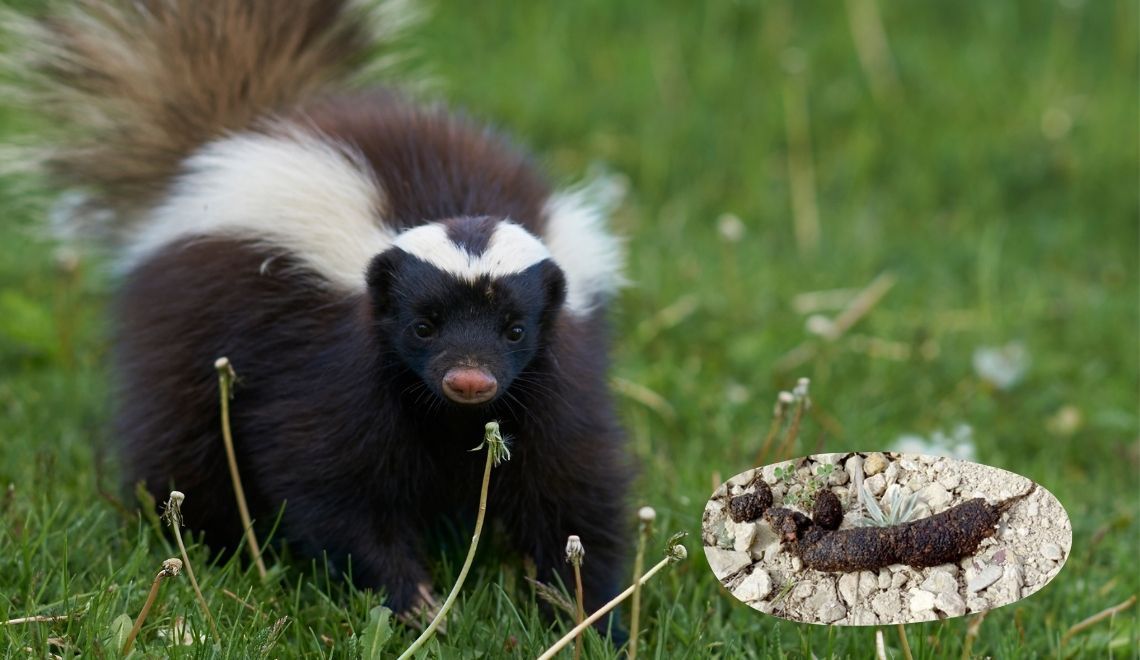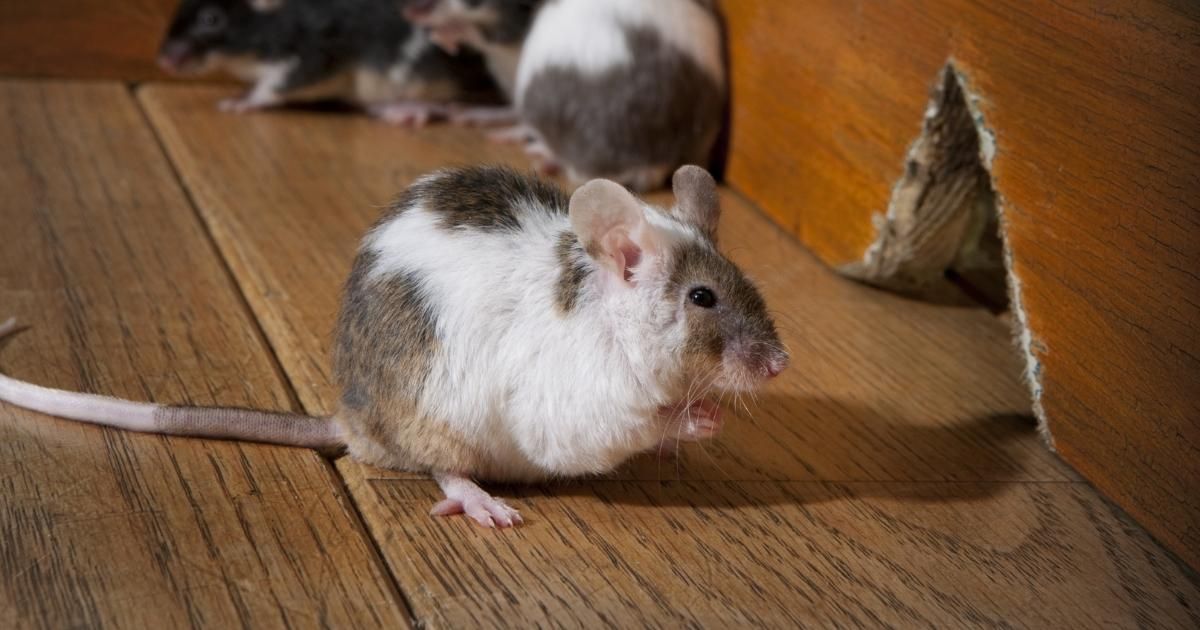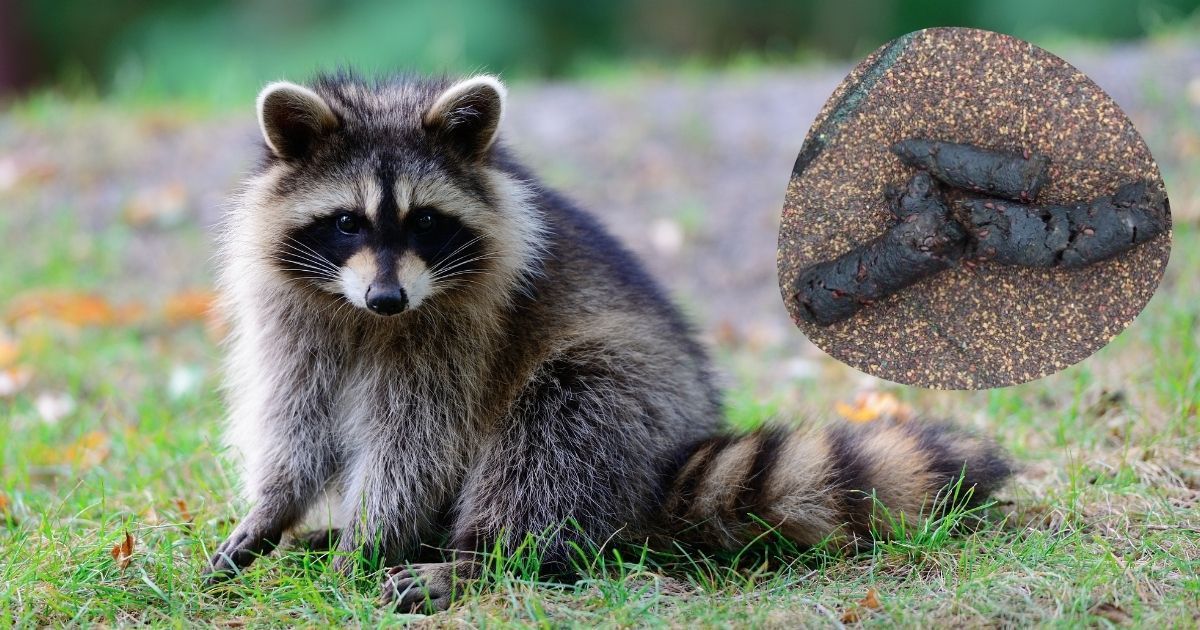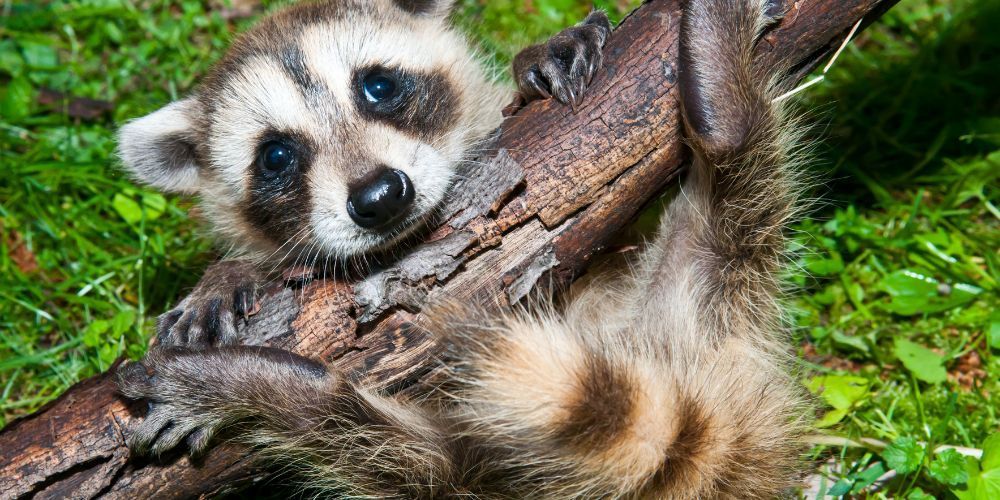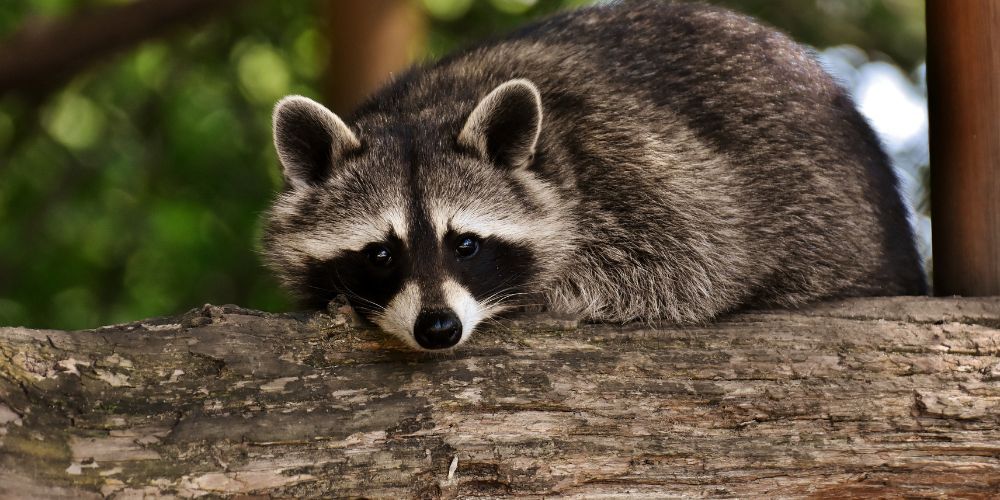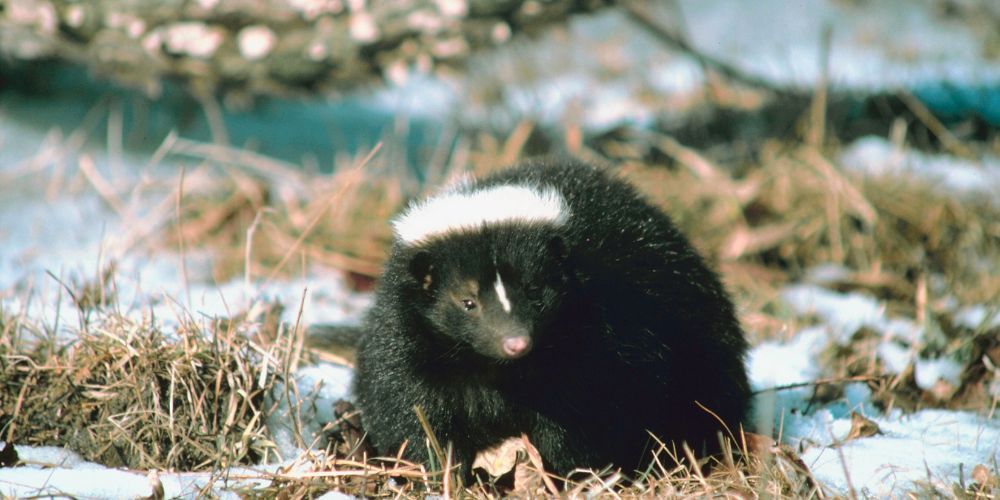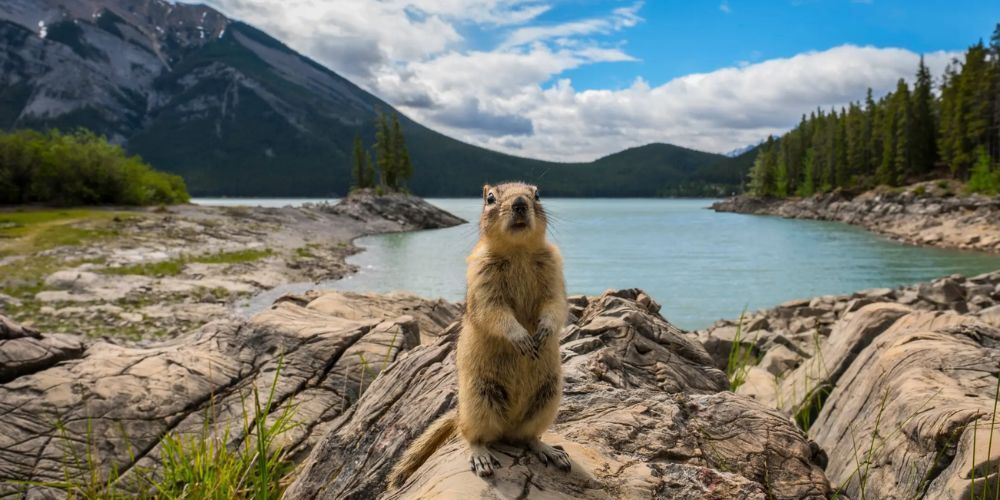Snake Activity in Winter
Snake behavior changes significantly as temperatures drop in winter, which raises curiosity in our mind about their habits and survival strategies.
Do Snakes Hibernate?
Technically, snakes do not hibernate like mammals. Instead, they enter a state known as brumation, which is similar to hibernation but distinct. This period typically starts in late fall and lasts until early spring.
What Is Snake Brumation?
Brumation is a survival strategy snakes use to withstand cold temperatures. During this time:
- Their metabolic and heart rates drop significantly.
- They rely on stored body fat for energy.
- Activity is minimal, but they may still drink water on warm days.
When Do Snakes Come Out of Brumation?
Snakes typically emerge from brumation in early spring, as temperatures consistently rise above 60°F. They become more active, searching for food and mates.
Snakes During the Winter
Snakes have successfully adapted to survive in colder climates. They originated in warm, forested areas of the southern hemisphere approximately 128 million years ago. Their evolutionary resilience has allowed them to inhabit regions with diverse climates, including places that experience harsh winters.
During the winter months, snakes enter a state called brumation, their version of hibernation. Unlike mammals, which eat more to build fat reserves for a deep winter sleep, snakes prepare for brumation by eating less. This ensures their digestive systems are empty, avoiding complications during the prolonged period of inactivity.
When brumating, snakes become lethargic and seek out insulated environments to shield them from the cold. These shelters, known as hibernacula, can be natural spaces like:
- Burrows
- Rock crevices
- Caves
- Beneath piles of leaves
Snakes typically enter brumation in colder regions around September or October when temperatures drop to 60°F. They remain in this state until spring, emerging when temperatures consistently rise above 60°F, usually around May. In milder climates, snakes have a shorter brumation period. In warm southern or southwestern areas, they may not brumate at all.
A key difference between brumation and hibernation is that snakes do not sleep deeply during brumation. They remain sluggish but can awaken to drink water or bask in the sun on occasional warmer winter days. Not uncommon, to spot a snake on a sunlit rock in January, soaking up the heat needed for survival.
This adaptability ensures snakes thrive in various environments, making them one of nature’s most successful travelers and survivors.
When Do Snakes Come Into Your Home?
Snakes often seek out manmade structures like homes, sheds, barns, or porches to help regulate their body temperature. Your property can become a shelter for reptiles. This can happen whether you want to cool off in hot areas or find warmth in cold ones. While snakes don’t cause structural damage—they can’t create openings like raccoons or squirrels—they may still find their way inside.
Why Do Snakes Enter Homes?
If a snake ends up in your home, it’s typically because of one of the following reasons:
- Accidental Entry: Snakes may slip into your home through gaps in the foundation, doors, or poorly sealed entry points.
- Food Source: Rodents can attract snakes, as they rely on these small mammals for sustenance.
Common Hiding Spots for Snakes
Snakes prefer quiet, undisturbed spaces where they feel safe. In residential areas, they are most likely to take shelter in:
- Crawlspaces
- Underneath porches
- Sheds or garages
- Basements
How to Handle a Snake in Your Home
If you suspect or discover a snake inside your home:
- Do Not Try to Remove Snakes Yourself: Snakes are usually shy and stay away from people. However, if you handle them incorrectly, they may act defensively.
- Look for signs of a snake: If you don’t see the snake, look for shed skin or droppings. You might also hear rustling sounds in a quiet area.
- Leave the Snake Alone: Trying to corner or scare it can cause it to hide in hard-to-reach places, making removal more difficult.
To ensure safety and efficiency, it's best to rely on professionals for snake removal. Experts are trained to handle snakes, reducing the risk of bites or injury. They can also identify potential entry points and offer advice to prevent future infestations.
Cities We Serve
Contact Us Today
Contact Us
We will get back to you as soon as possible.
Please try again later.
Wildlife Control 360 specializes in the humane control and removal of wildlife like raccoons, bats, birds, rats, snakes, bees, skunks, foxes, gophers, and squirrels.
Service
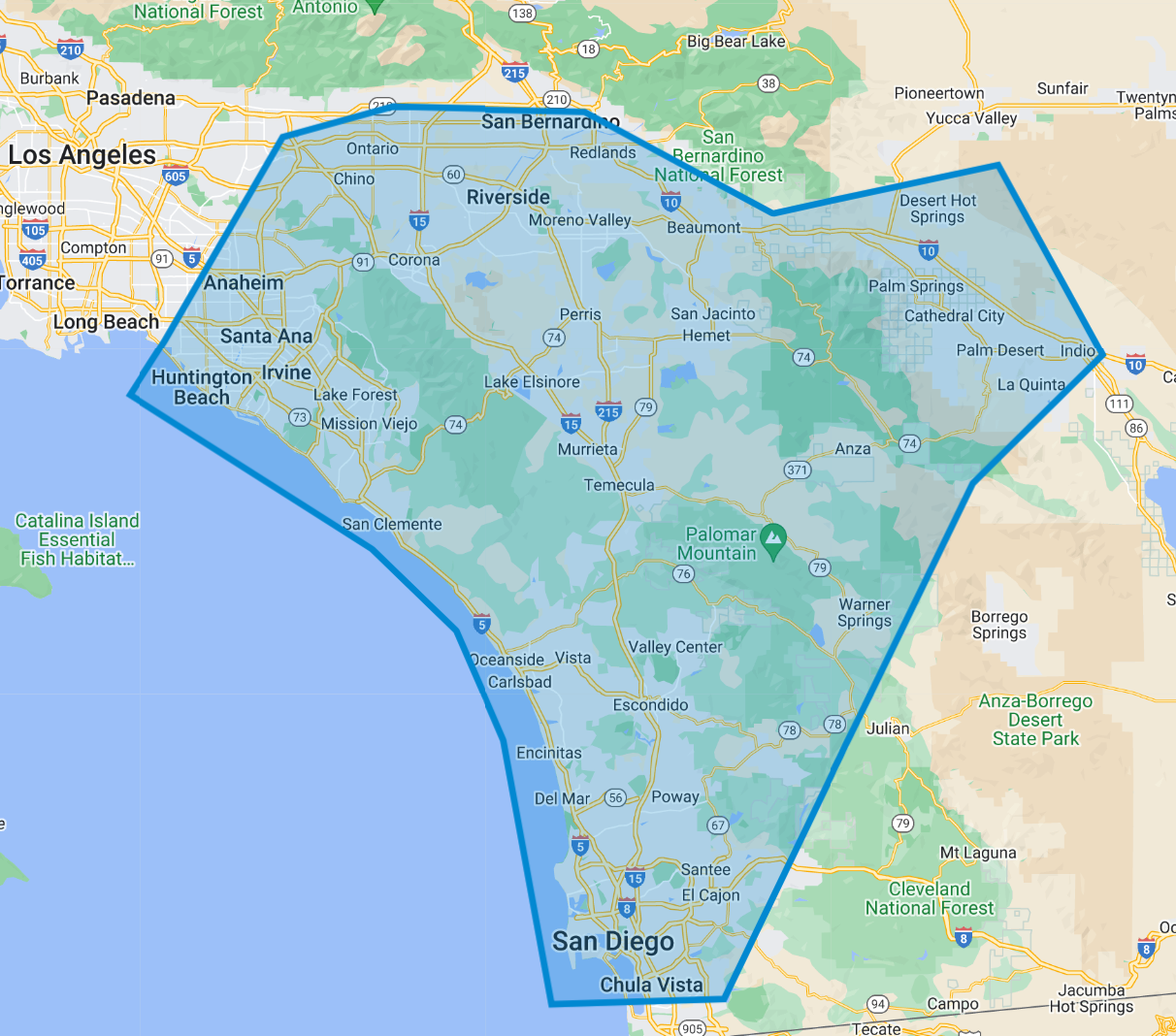
© 2024 All Rights Reserved | Wildlife Control 360

